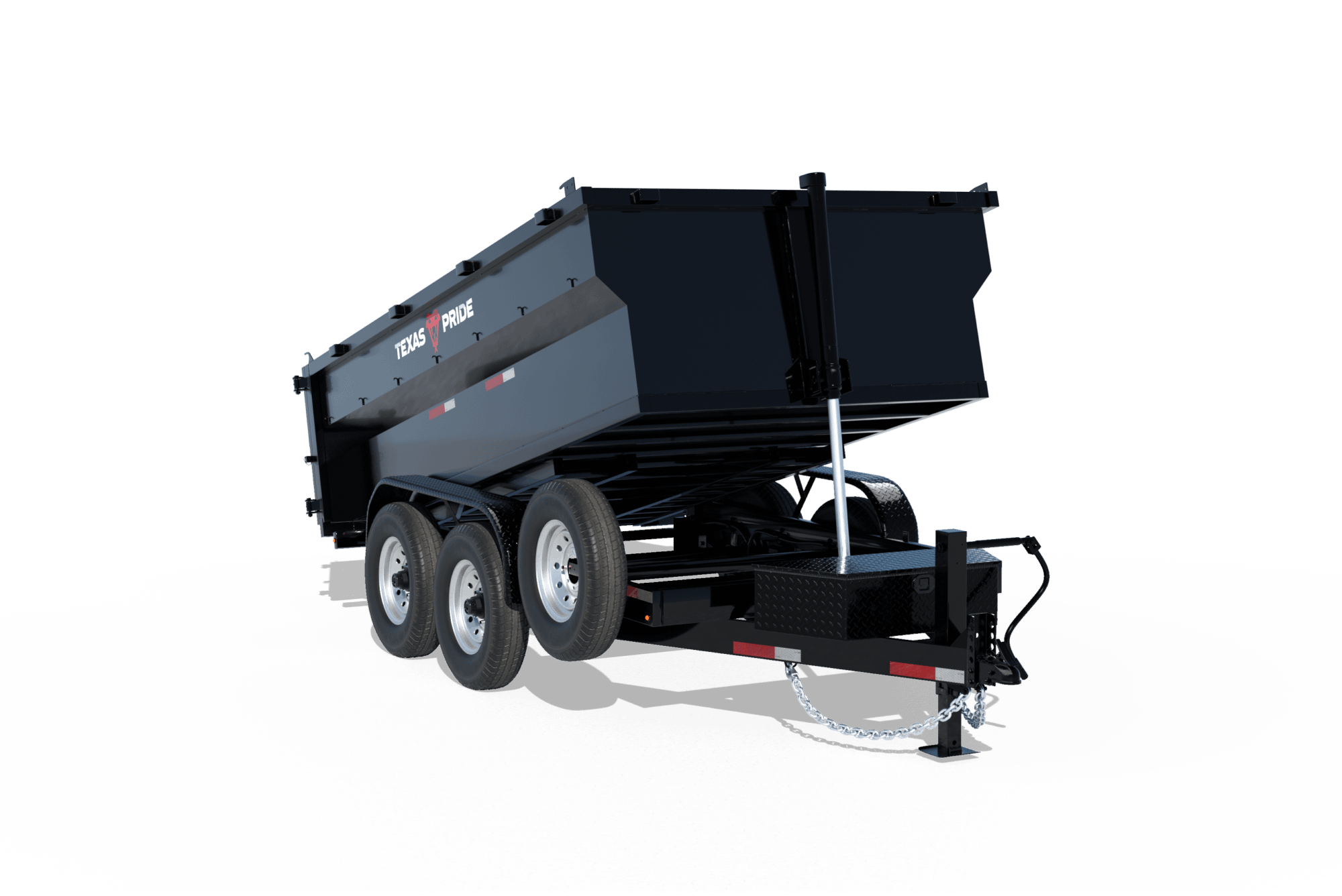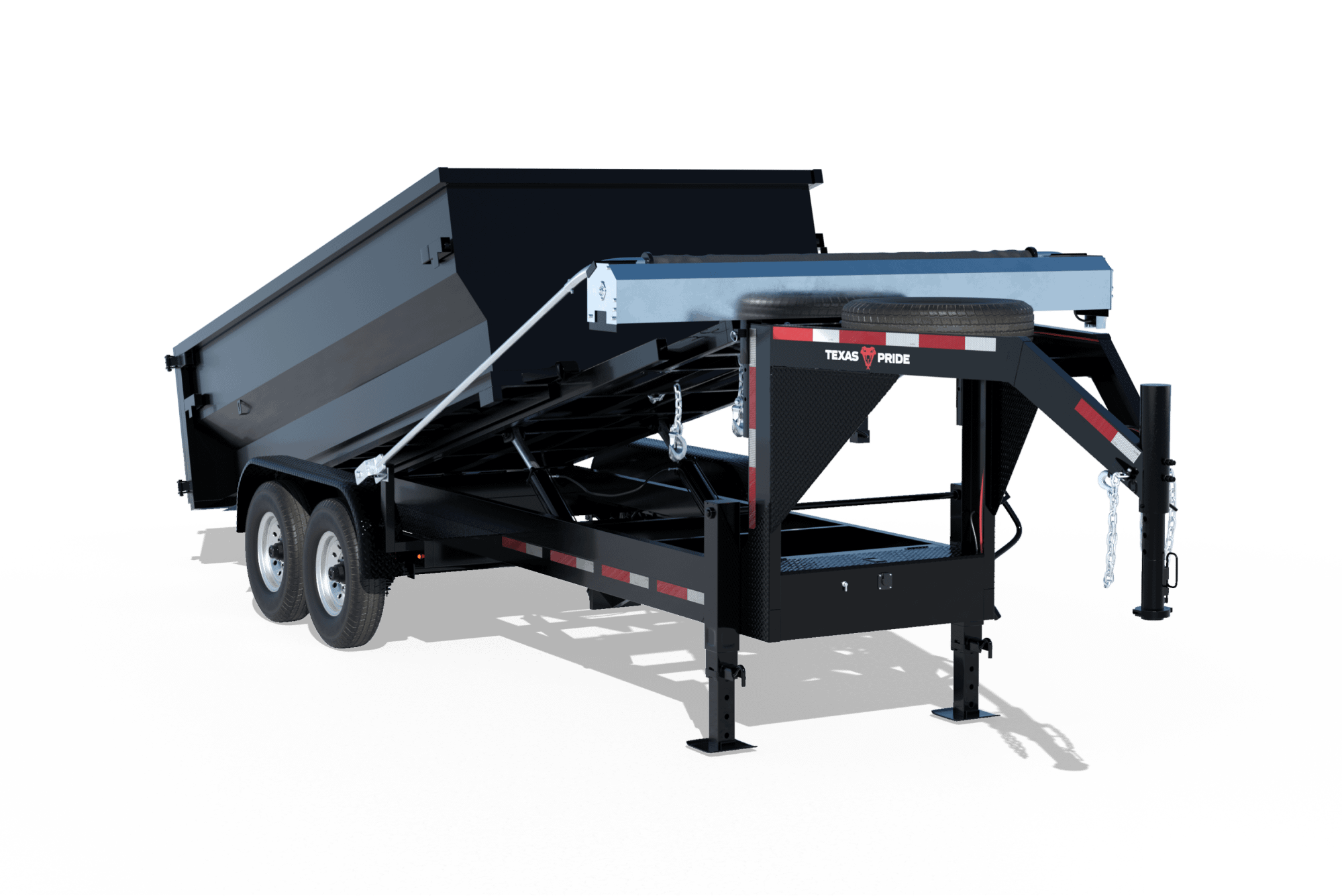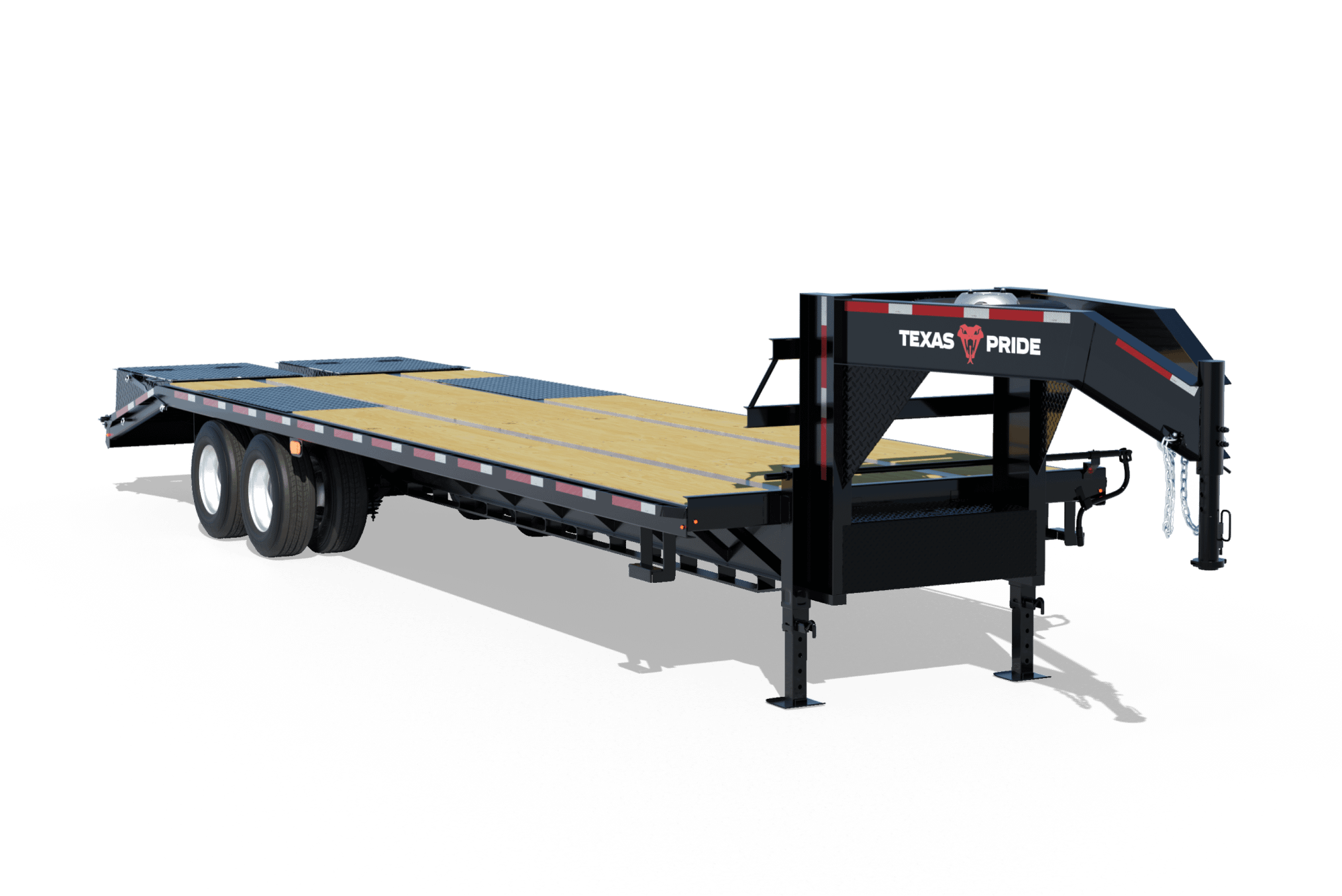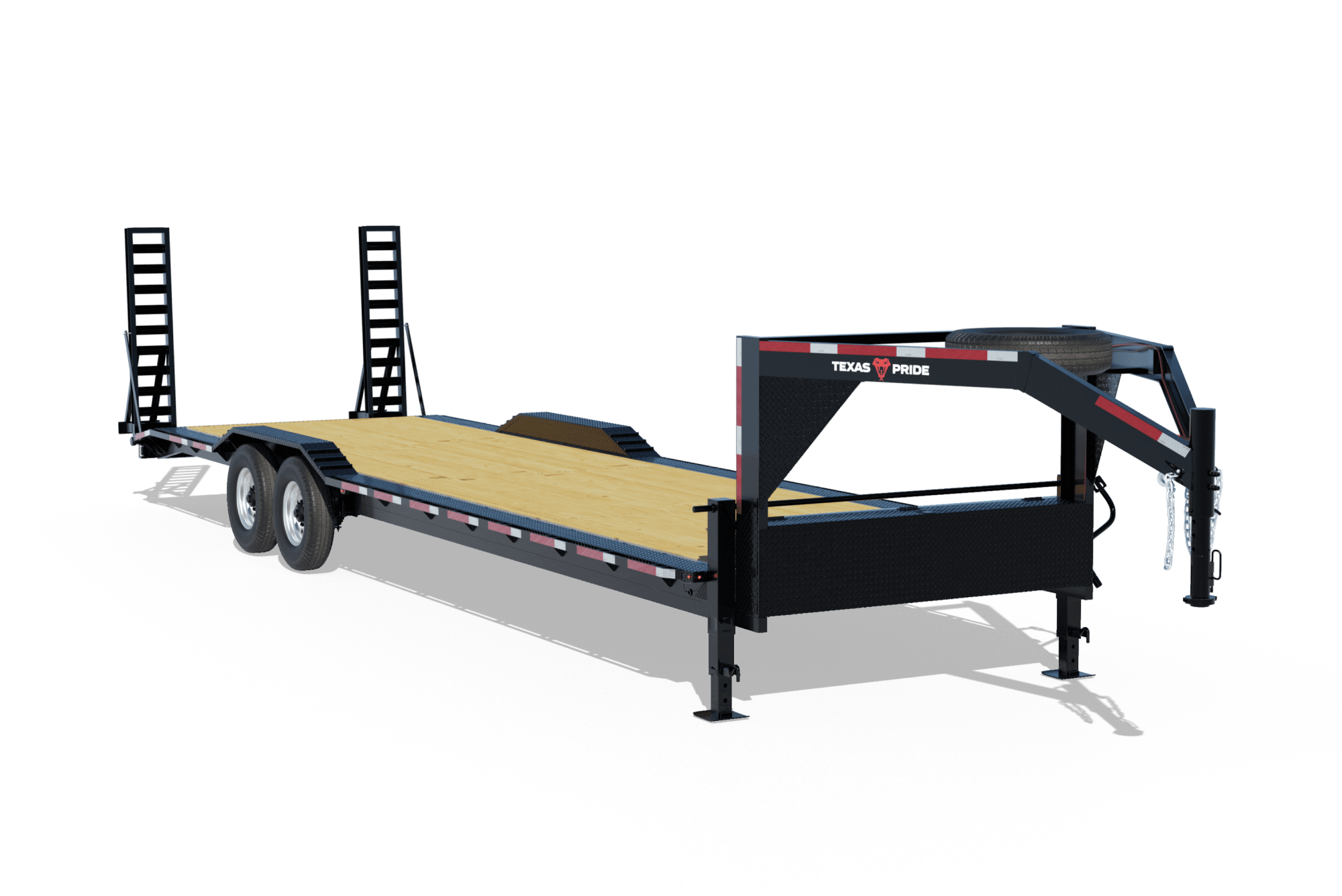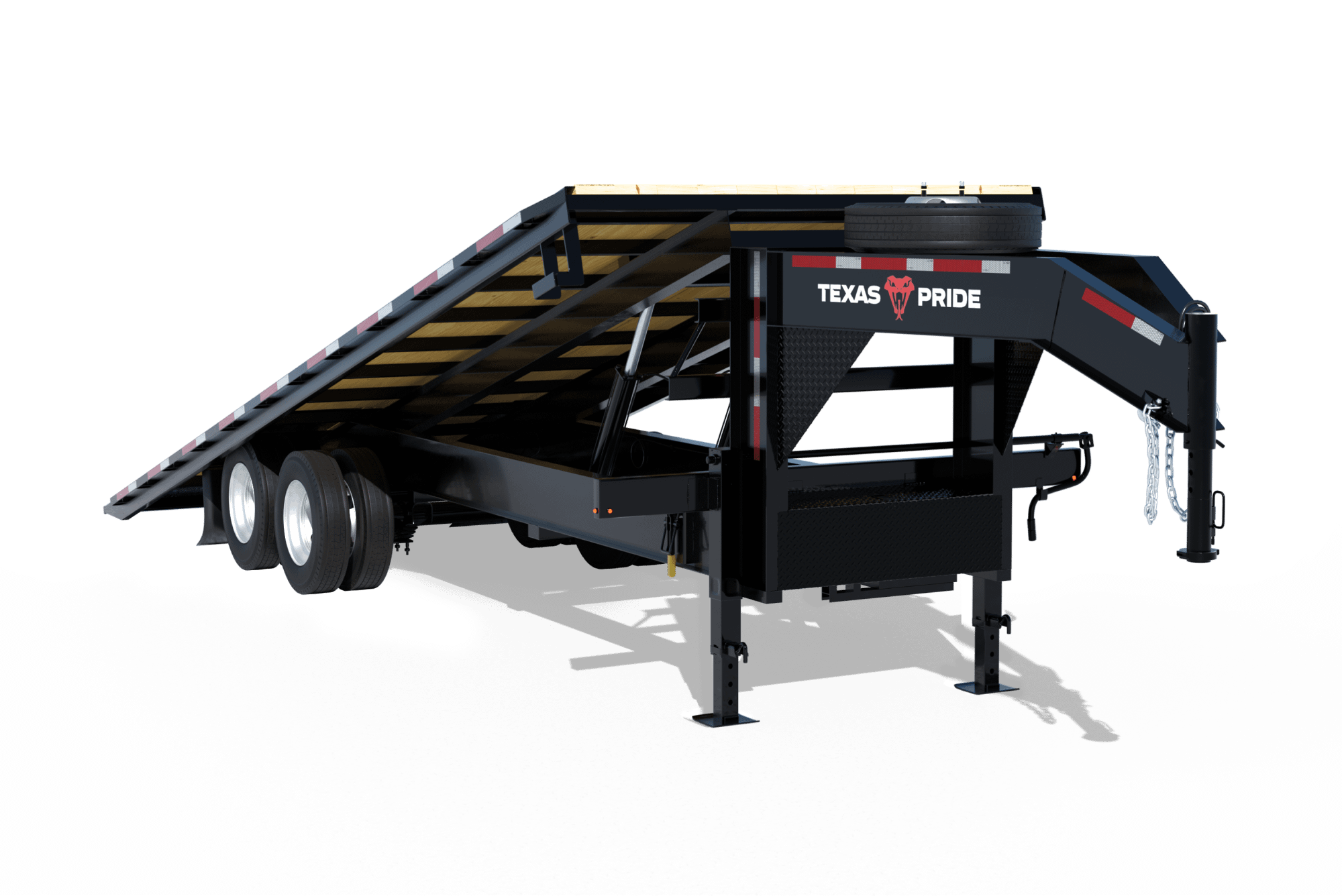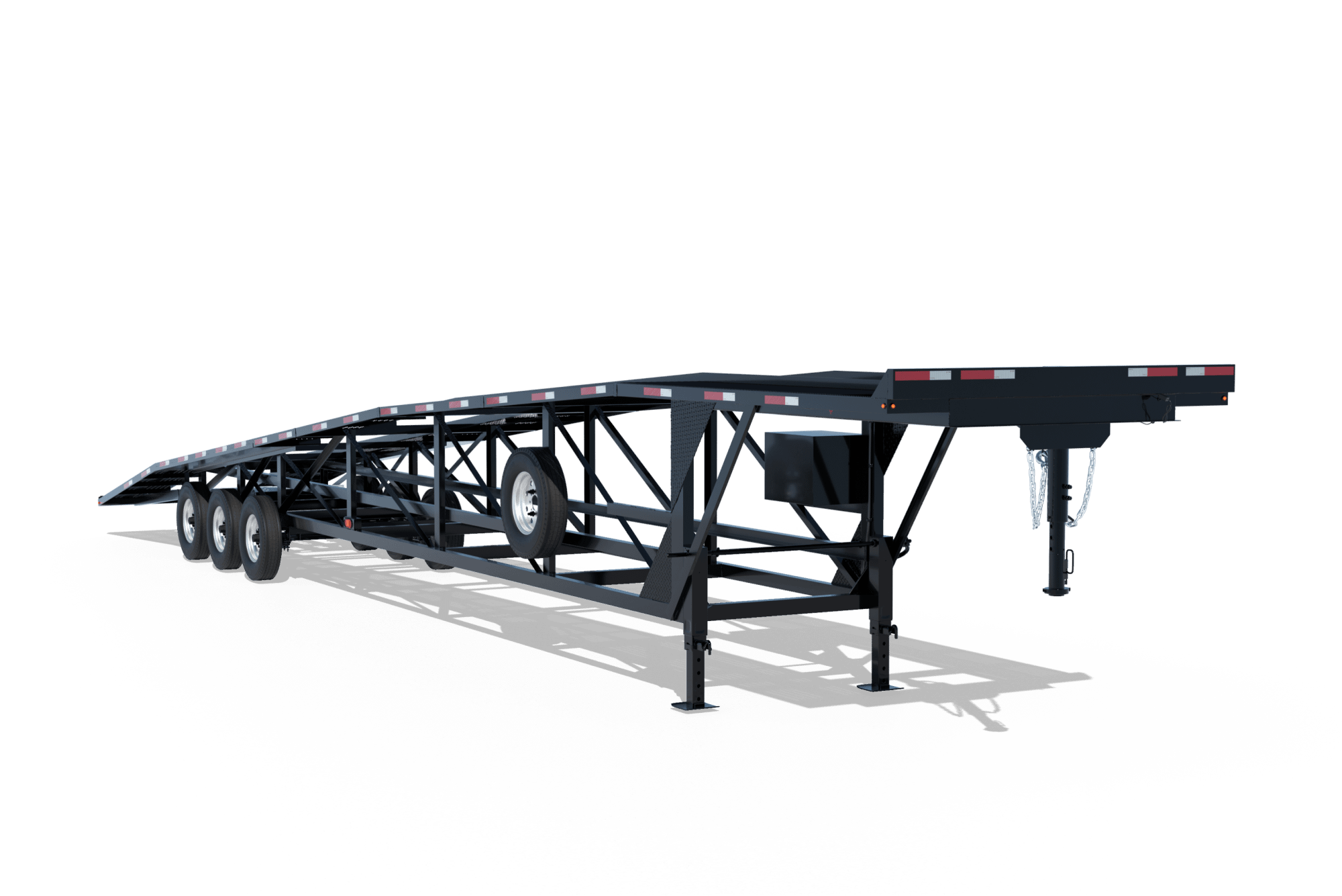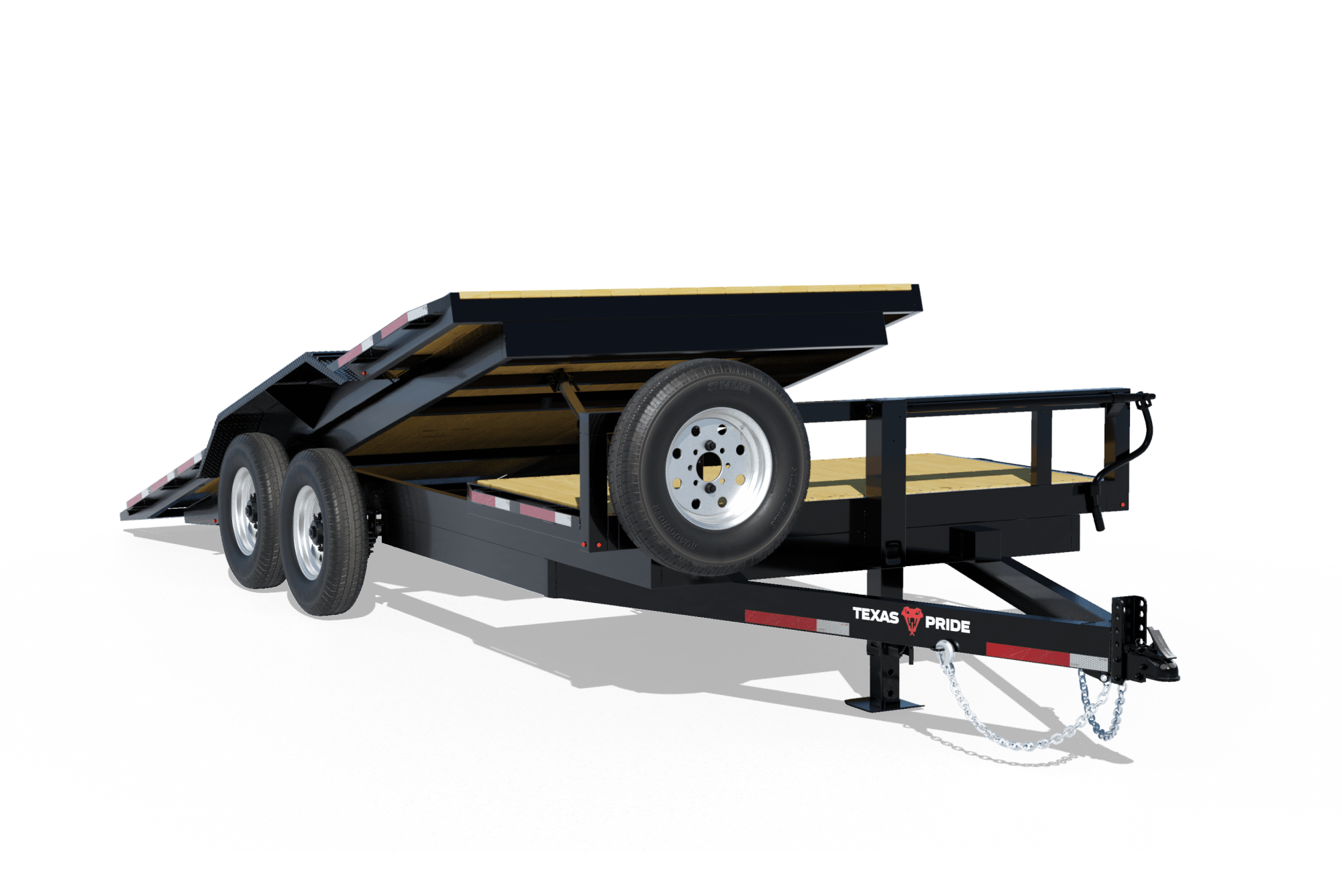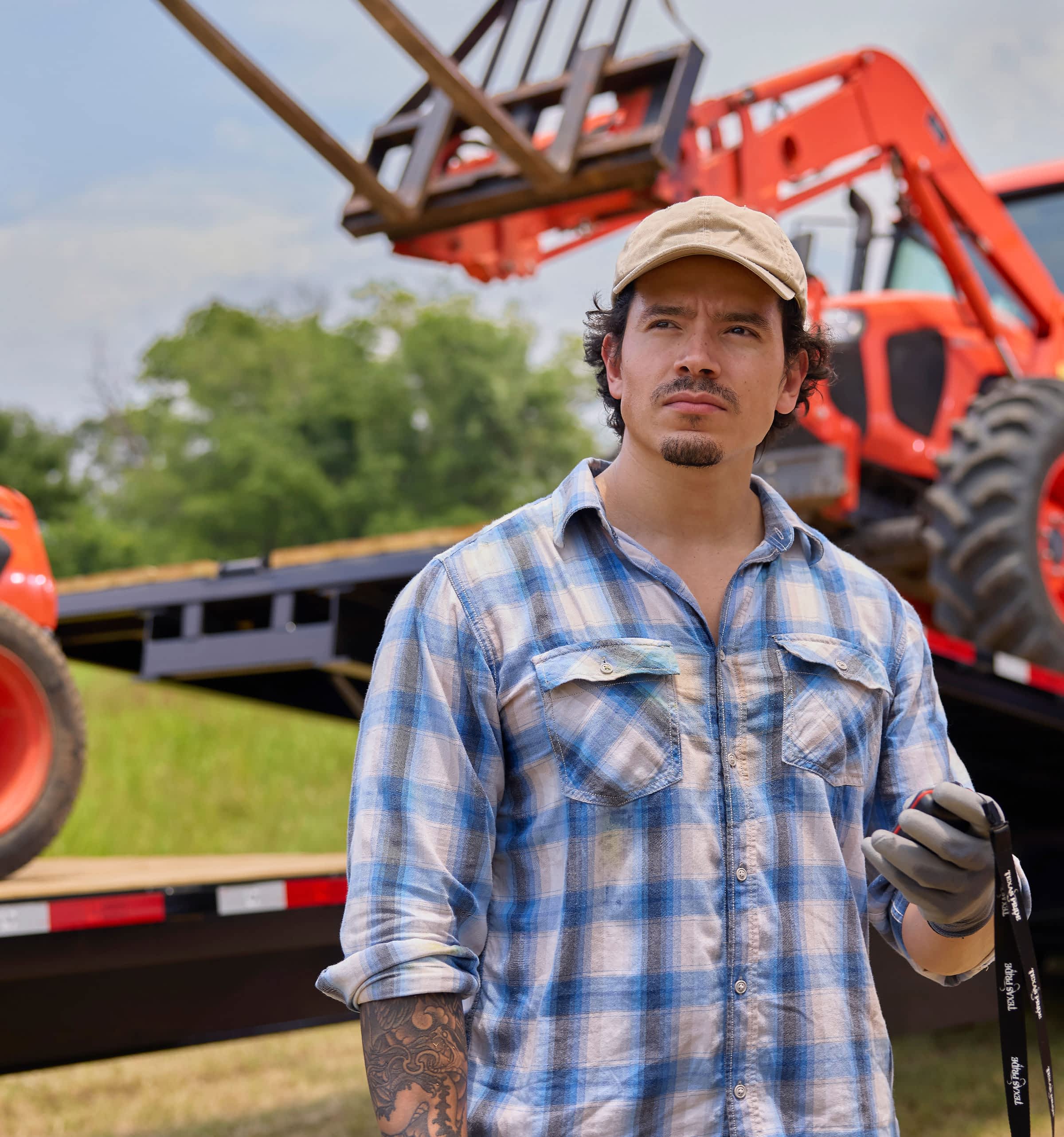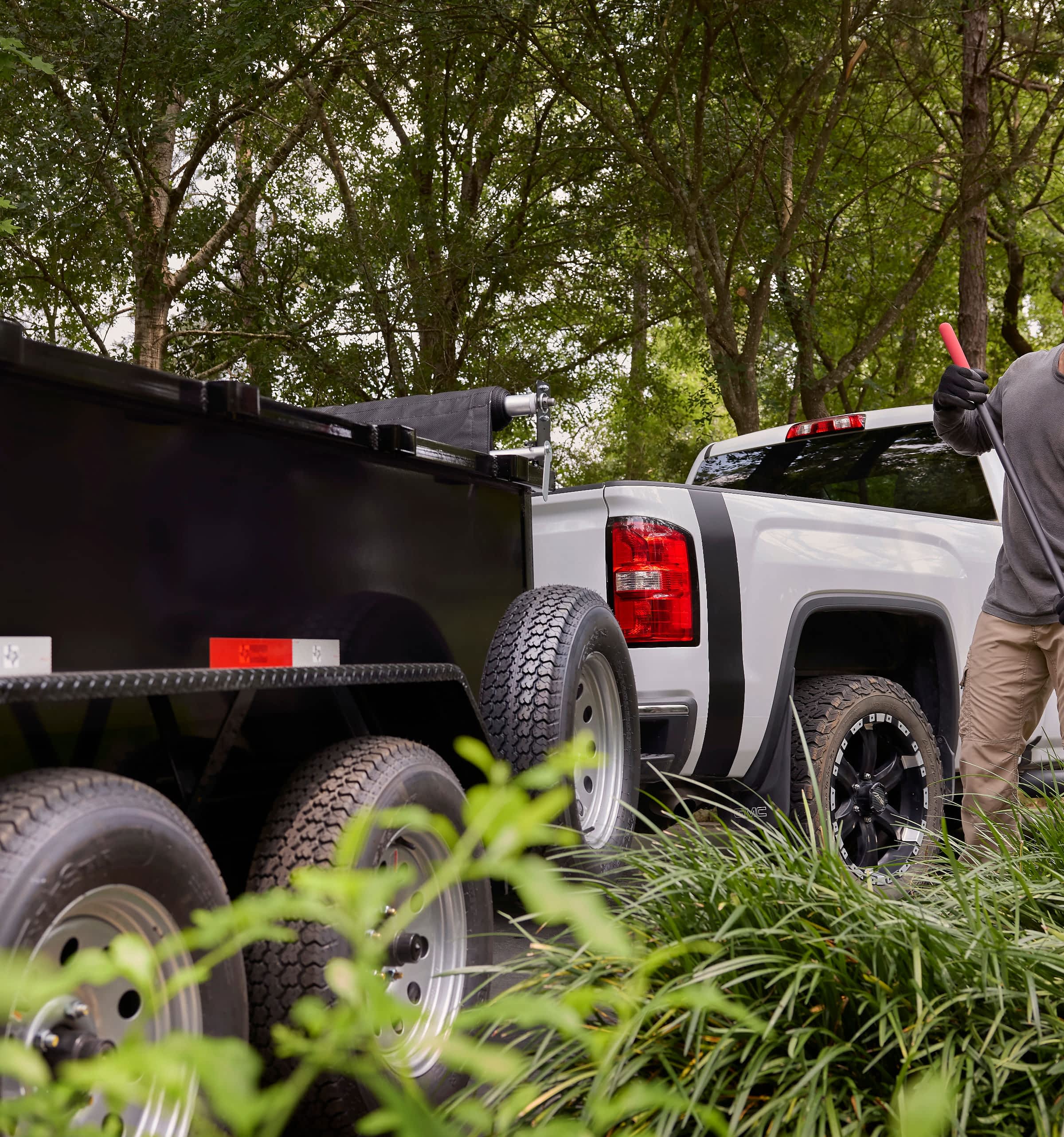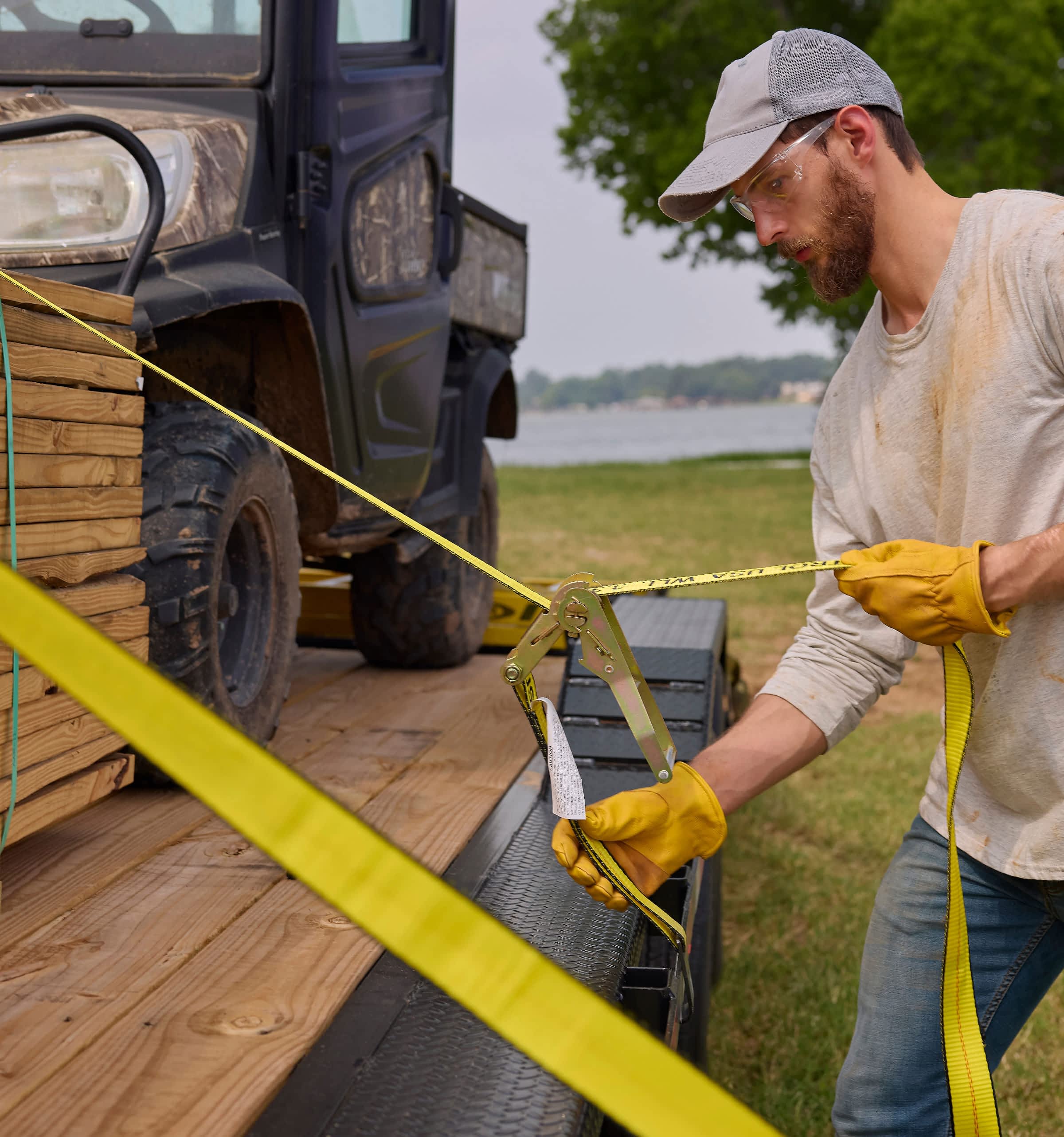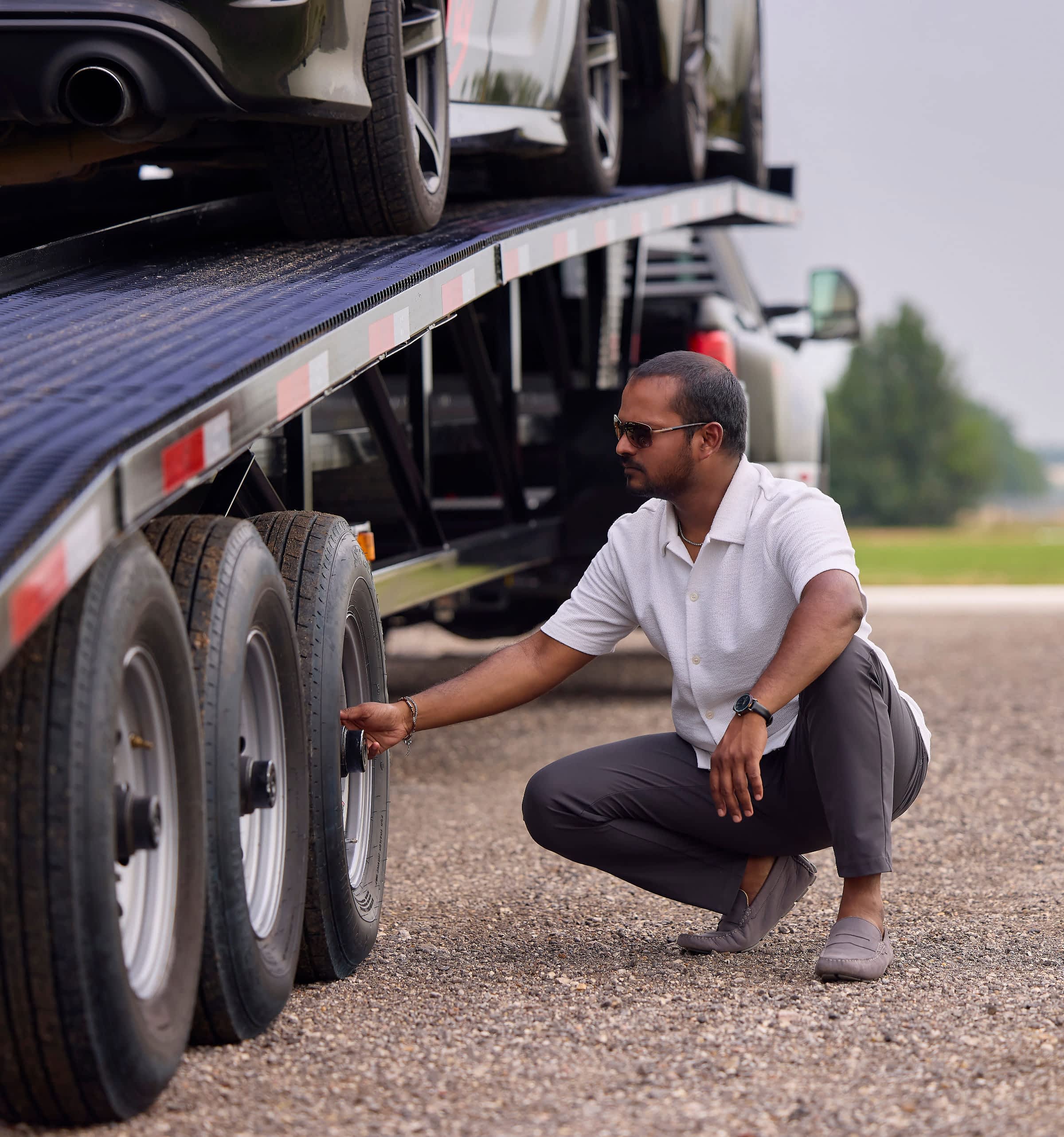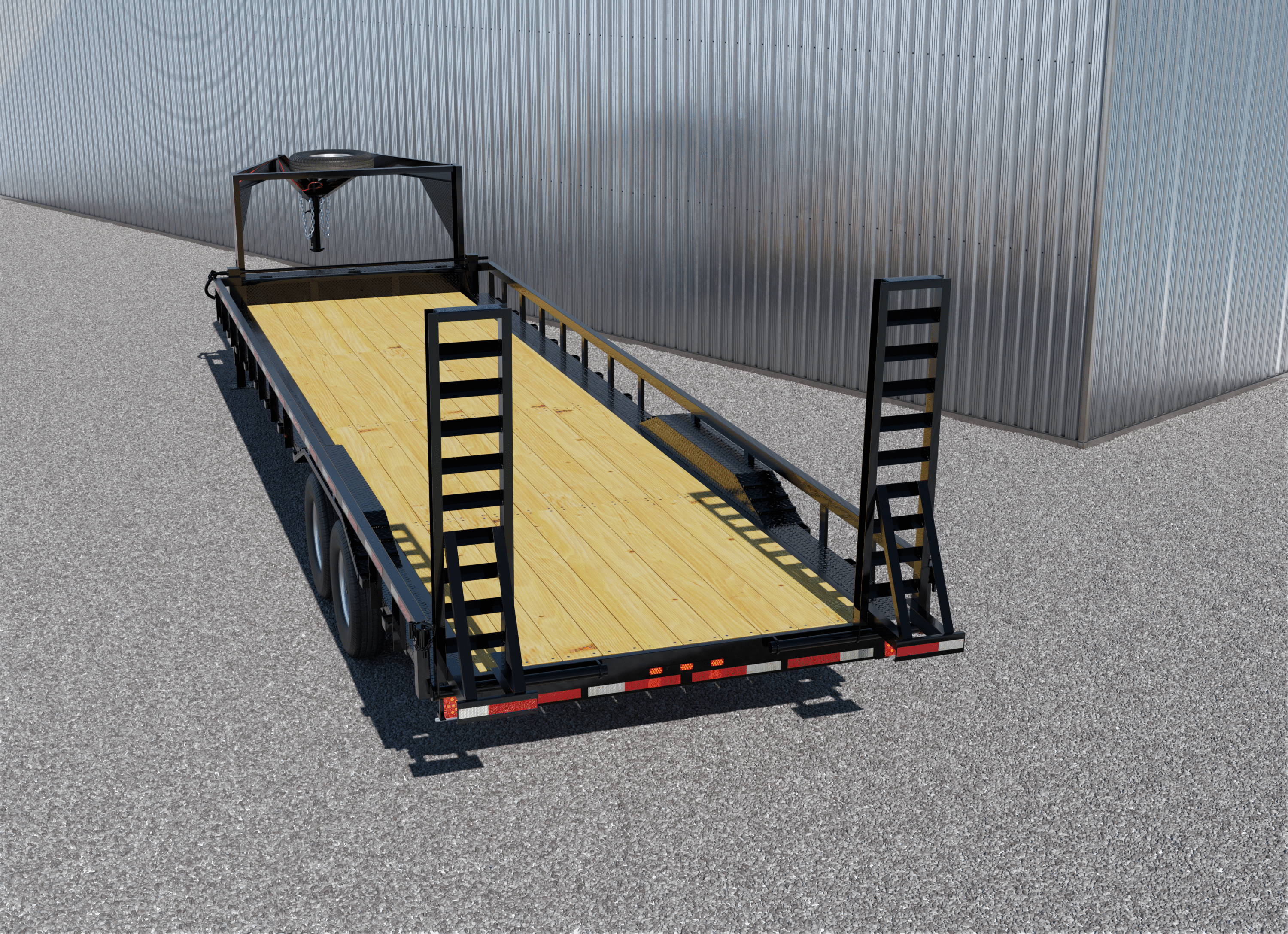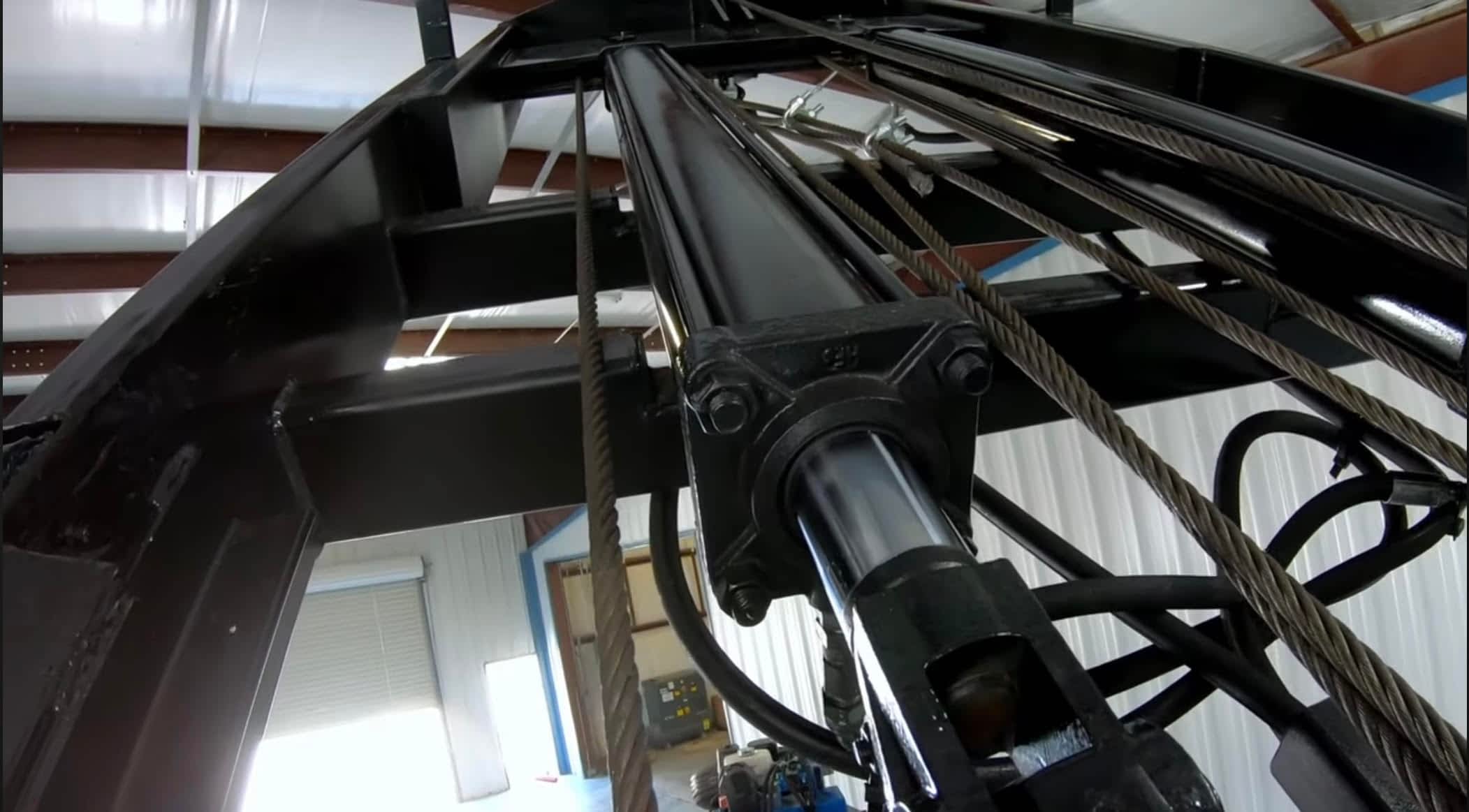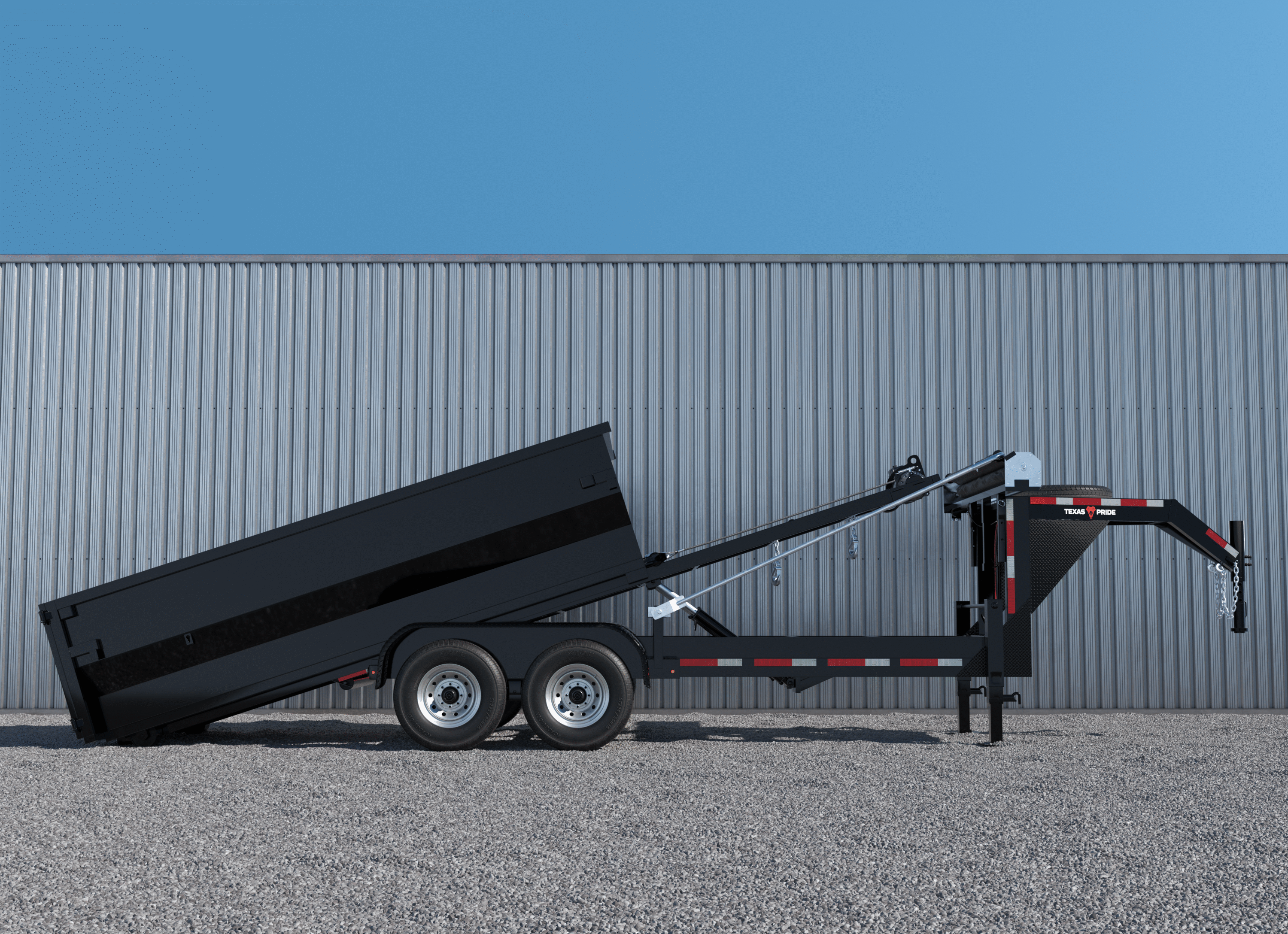Double-Acting Hydraulic System Electrical Overview and Troubleshooting
Dump trailer not working like you think it should? Sounds like Tech Tips are in order. Chief Engineer Brad Walker walks you through the various steps to check potential voltage issues on your Dump Trailer. At Texas Pride, we design our hydraulic systems to be really robust and really reliable. However, if you have problems with your hydraulics later on down the road, whether it’s raising the dump bed, lowering the dump bed, today, I’m going to take you through a few troubleshooting tips to help you figure out what’s going on with your dump and all you’re going to need to do that is the basic volt meter.
All you’ll need is a basic voltmeter.
After following these steps, if you still have an issue, please give us a call: 936-348-7555.
“At Texas Pride, we design our hydraulics system to be really robust and really reliable. However, if you have problems with your hydraulics down the road, whether it’s raising the dump bed, lowering the dump bed, today I’m going to take you through a few troubleshooting tips.” — Brad Walker
System Components Overview
Your Texas Pride double-acting hydraulic system includes the following key components:
- Two Deep-Cycle Marine Batteries
→ Ensure both batteries match original specifications—especially voltage and cold cranking amps (CCA)—if replacement is needed. - Hydraulic Pump
→ Located near the batteries and powered by a start switch solenoid mounted on top. - Start Switch Solenoid
→ Sends power to the hydraulic pump when you press the control buttons. - UP and DOWN Solenoids
→ Square Solenoid = Down
→ Round Solenoid = Up
→ Activated by your remote to control the direction of hydraulic flow. - Hydraulic Reservoir
→ Stores the hydraulic fluid.
→ Refill only with Universal Tractor Hydraulic Fluid or ISO 32 hydraulic oil.
Basic Troubleshooting Steps
- Check Battery Voltage
→ Use a voltmeter set to DC.
→ Place the leads on each battery terminal.
→ Ensure each battery reads at least 12 volts.
→ If the system has two batteries, both must be charged and functional. - Check Voltage at Start Switch
→ Find the positive cable running from the battery to the start switch.
→ Place one voltmeter lead on the start switch post and the other on ground.
→ Voltage reading should match what you saw at the batteries. - Test Voltage Output from Start Switch to Pump
→Place one voltmeter lead on the copper band connected to the pump, the other on battery ground.
→ Press either button on the remote (up or down).
→ You should read 10+ volts while pressing the button.
→ If you’re not getting 10+ volts or getting no reading at all, the start switch is faulty and needs replacement.
Directional Issues: Up Works, Down Doesn’t (or Vice Versa)
- Could be a faulty solenoid or a bad remote.
Here’s how to test:
Solenoid/Remote Isolation Test
- Locate the colored control wires at the solenoids:
→ Red wire → Round solenoid (Up)
→ Green wire → Square solenoid (Down) - Swap the control wires:
→ Move the red wire to the square solenoid.
→ Move the green wire to the round solenoid. - Operate the remote:
→ If the problem direction now works (but on the opposite button), the remote is faulty.
→ If the issue stays the same, it’s a solenoid problem. - Important: After testing, return wires to their original positions:
→ Red → Round solenoid
→ Green → Square solenoid
Dump Bed Won’t Stay Up or Won’t Go Down
Check the Main Relief Valve
- Located on top of the down (square) solenoid.
- This is a small brass knob.
If the Bed Won’t Stay Up:
- Make sure the valve is turned fully clockwise to maintain pressure.
If the Bed Is Up and Won’t Go Down:
- Turn the valve slowly counterclockwise to release pressure back into the reservoir.
- Note: This will allow the bed to lower, but some fluid may leak as the pump will not be circulating.
Still Having Trouble?
Contact Texas Pride’s Service support team. We’ve got knowledgeable folks standing by and ready to help with whatever your trailer needs.
